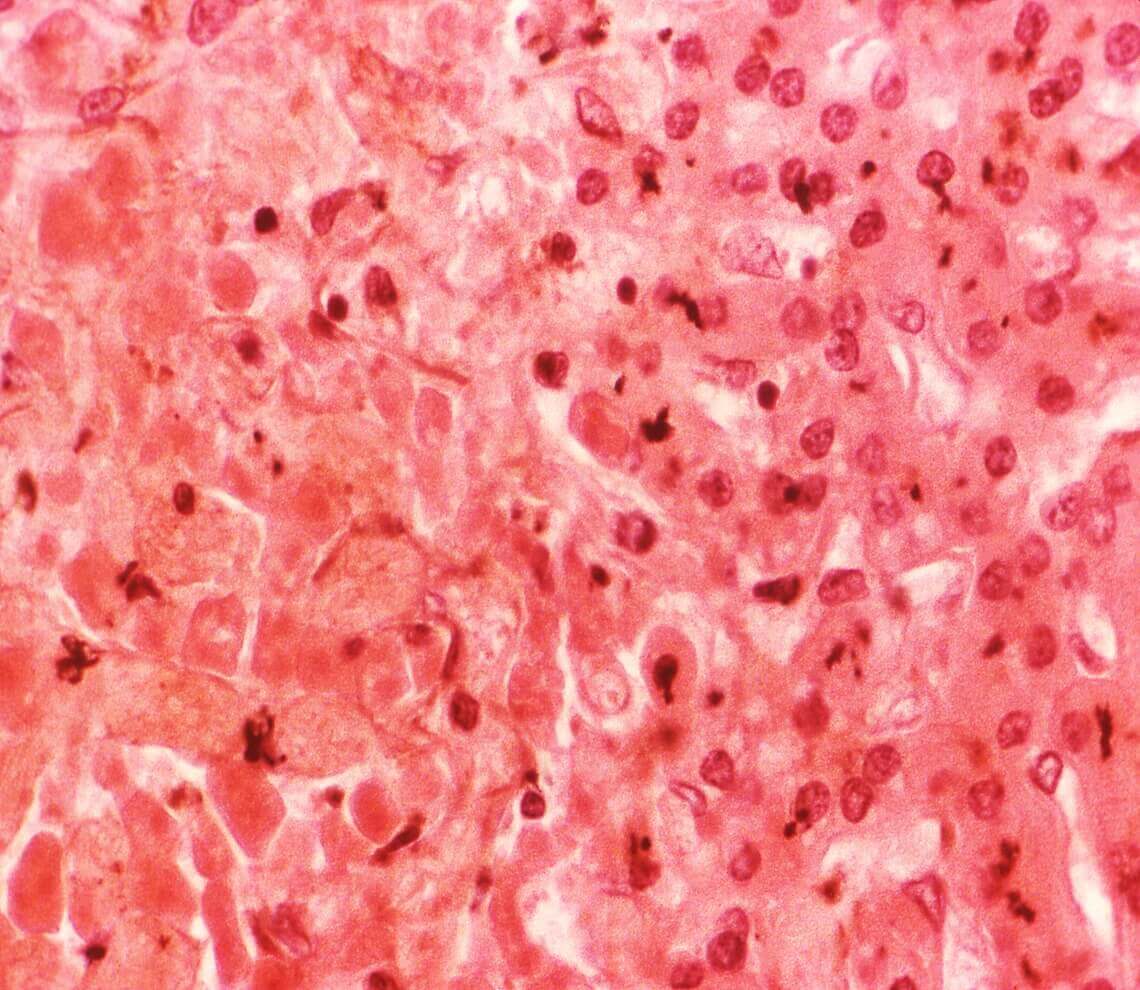- Our Suppliers
- MBS Monoclonals
- Tumor Necrosis Factor Receptor 2, p75/p80 (TNFR2, CD120b)
Product short description
Price:
879 EUR
Size:
100ug
Catalog no.:
GEN600371
Product detailed description
Concentration
N/A
Immunoglobulin isotype
IgG1
Tissue
tumor
Clone
6D824
Category
Antibodies
Clonality
Monoclonal
Host organism
Mouse (Mus musculus)
Subcategory
Mnoclonal antibodies
Source organism
Human (Homo sapiens)
Purification method
Affinity Purified immunoglobulin
Form/Appearance
Supplied as a liquid in PBS, 0.1% BSA.
Also known as
Tumor Necrosis Factor Receptor 2, p75/p80
Other gene names
TNFRSF1B; TNFRSF1B; p75; TBPII; TNFBR; TNFR2; CD120b; TNFR1B; TNFR80; TNF-R75; p75TNFR; TNF-R-II; TNFBR; TNFR2; TNF-R2; TNF-RII; TNFR-II
Gene name synonims
TNFRSF1B; TNFRSF1B; p75; TBPII; TNFBR; TNFR2; CD120b; TNFR1B; TNFR80; TNF-R75; p75TNFR; TNF-R-II; TNFBR; TNFR2; TNF-R2; TNF-RII; TNFR-II
Gene name
TNFRSF1B; TNFRSF1B; p75; TBPII; TNFBR; TNFR2; CD120b; TNFR1B; TNFR80; TNF-R75; p75TNFR; TNF-R-II; TNFBR; TNFR2; TNF-R2; TNF-RII; TNFR-II
Tested applications:
ELISA (EL/EIA), Western Blot (WB), Immunoprecipitation (IP), Immunohistochemistry (IHC), Immunocytochemistry (ICC), Flow Cytometry (FC/FACS)
Species reactivity
Human (Homo sapiens), Rat (Rattus norvegicus); Due to limited knowledge and inability for testing each and every species, the reactivity of the antibody may extend to other species which are not listed hereby.
Specificity and cross-reactivity
Recognizes the extracellular part of human and rat TNF-R2 and soluble human TNF-R2. Note: The reactivity of the antibody with cell-bound TNF-Receptor is minimally inhibited by high concentrations of TNF-a.; Since it is not possible to test each and every species our knowledge on the corss reactivity of the antibodies is limited. This particular antibody might cross react with speacies outside of the listed ones.
Storage and shipping
Store the antibody at +4 degrees Celsius for short term storage.. Long-term storage should be done after aliquoting the antibody and freezing the aliqotes at -20 degrees Celsius. Under these conditions the aliquots will be stable for at least one year if kept at -20 °C. For maximum recovery of product, centrifuge the original vial after thawing and prior to removing the cap. Further dilutions can be made in assay buffer.
Other names
tumor necrosis factor receptor superfamily member 1B; Tumor necrosis factor receptor superfamily member 1B; tumor necrosis factor receptor superfamily member 1B; TNF-R2; TNF-RII; p75 TNF receptor; p80 TNF-alpha receptor; soluble TNFR1B variant 1; tumor necrosis factor receptor 2; tumor necrosis factor beta receptor; tumor necrosis factor receptor type II; tumor necrosis factor binding protein 2; tumor necrosis factor receptor superfamily, member 1B; Tumor necrosis factor receptor 2; TNF-R2; Tumor necrosis factor receptor type II; TNF-RII; TNFR-II; p75; p80 TNF-alpha receptor; CD_antigen: CD120b; INN: EtanerceptCleaved into the following 2 chains:Tumor necrosis factor receptor superfamily member 1b, membrane form; Tumor necrosis factor-binding protein 2Alternative name(s):TBP-2; TBPII
Description
Aplha, transcription related growth factors and stimulating factors or repressing nuclear factors are complex subunits of proteins involved in cell differentiation. Complex subunit associated factors are involved in hybridoma growth, Eosinohils, eritroid proliferation and derived from promotor binding stimulating subunits on the DNA binding complex. NFKB 105 subunit for example is a polypetide gene enhancer of genes in B cells.The receptors are ligand binding factors of type 1, 2 or 3 and protein-molecules that receive chemical-signals from outside a cell. When such chemical-signals couple or bind to a receptor, they cause some form of cellular/tissue-response, e.g. a change in the electrical-activity of a cell. In this sense, am olfactory receptor is a protein-molecule that recognizes and responds to endogenous-chemical signals, chemokinesor cytokines e.g. an acetylcholine-receptor recognizes and responds to its endogenous-ligand, acetylcholine. However, sometimes in pharmacology, the term is also used to include other proteins that are drug-targets, such as enzymes, transporters and ion-channels.
© Copyright 2016-Tech News . Design by: uiCookies

